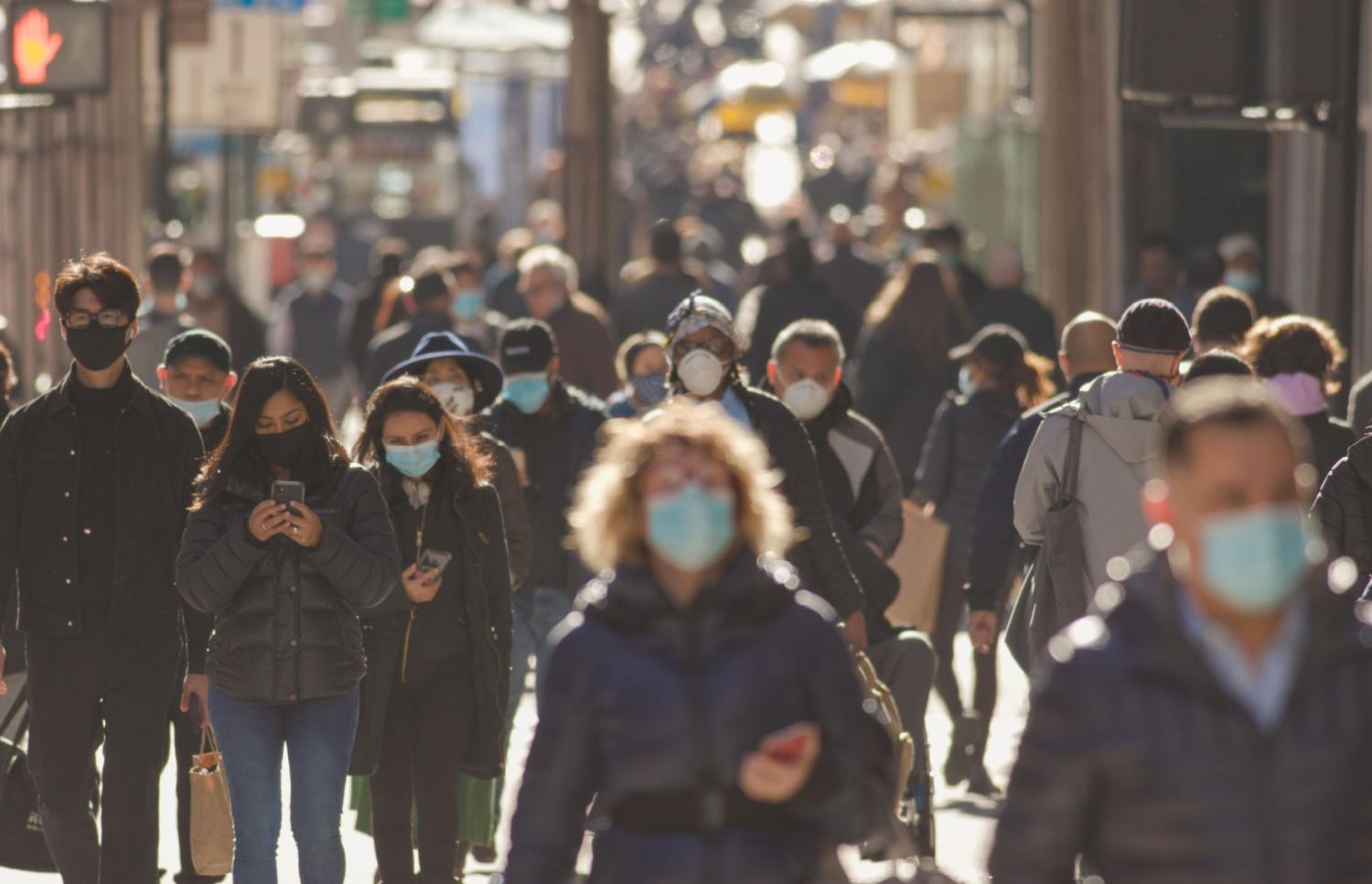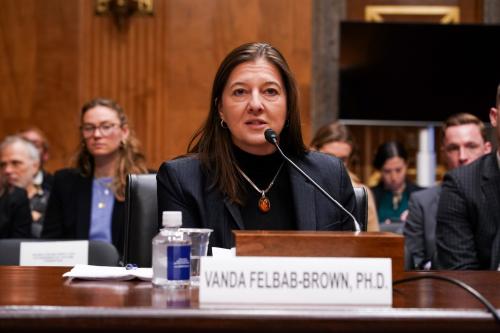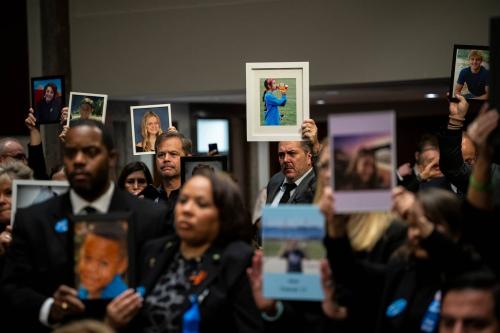The paper summarized here is part of the spring 2024 edition of the Brookings Papers on Economic Activity, the leading conference series and journal in economics for timely, cutting-edge research about real-world policy issues. Research findings are presented in a clear and accessible style to maximize their impact on economic understanding and policymaking. The editors are Brookings Nonresident Senior Fellows Janice Eberly and Jón Steinsson.
See the spring 2024 BPEA event page to watch paper presentations and read summaries of all the papers from this edition. Submit a proposal to present at a future BPEA conference here.
The federal government should develop a new infrastructure for rapidly gathering public health data, suggests a paper on the lessons from the COVID-19 pandemic discussed at the Brookings Papers on Economic Activity (BPEA) conference on March 28.
The improvised strategy to fight COVID-19—public and private behavioral changes to slow transmission until vaccines could be deployed—prevented close to 800,000 deaths in the United States, write the authors, Andrew Atkeson of UCLA and Stephen Kissler of the University of Colorado-Boulder.
Absent that two-pronged strategy, their epidemiological model (using blood test data on disease exposure and vaccination) suggests that 1.98 million COVID-related deaths would have occurred over the past four years rather than the 1.18 million deaths that did occur.
However, the authors write in “The Impact of Vaccines and Behavior on U.S. Cumulative Deaths from COVID-19,” the ad hoc effort’s effectiveness came as a surprise. Public health officials could not precisely target mitigation because they lacked precise information on the routes and mechanisms of the disease’s transmission.
In a highly decentralized system, the federal government collates vital statistics gathered by counties and states, Atkeson noted in an interview with The Brookings Institution. For instance, it took the Centers for Disease Control and Prevention four to five months to get nationwide hospitalization statistics, he said.
“We stumbled through it without a plan,” he said. “We were basically flying blind.”
Kissler, in an interview, said a new infrastructure should offer much faster diagnostic testing and contact tracing—within days—so health officials can understand where and how a new disease is spreading. And data collection should be ongoing, before the next pandemic, so officials can compare data from any new disease against a baseline.
“We argue that we need to make investments now not only in vaccine development but also in data infrastructure so that we can precisely target mitigation efforts to minimize the economic and social impacts of mitigation with the next pathogen,” the authors write in the paper.
Looking back at the COVID-19 pandemic, the authors note that without behavioral changes to slow transmission in 2020, the vast majority of the U.S. population would have become infected before vaccines were deployed during the first half of 2021. But, without the vaccines, behavioral changes alone would have slowed but not prevented the spread of the disease.
It was the combination of behavioral changes and rapid vaccine development that saved lives. However, vaccine hesitancy and the slowdown in their deployment during the second half of 2021 “cost an additional 273,000 preventable deaths” from the Delta and Omicron variants, they write.
CITATION
Atkeson, Andrew and Stephen Kissler. 2024. “The impact of vaccines and behavior on US cumulative deaths from COVID-19.” BPEA Conference Draft, Spring.
-
Acknowledgements and disclosures
David Skidmore authored the summary language for this paper. Chris Miller assisted with data visualization.
Kissler has served as a consultant for ModernaTx, advising on infectious disease modeling for vaccine strategy. The authors did not receive financial support from any firm or person for this article or, other than the aforementioned, from any firm or person with a financial or political interest in this article. The authors are not currently an officer, director, or board member of any organization with a financial or political interest in this article.





